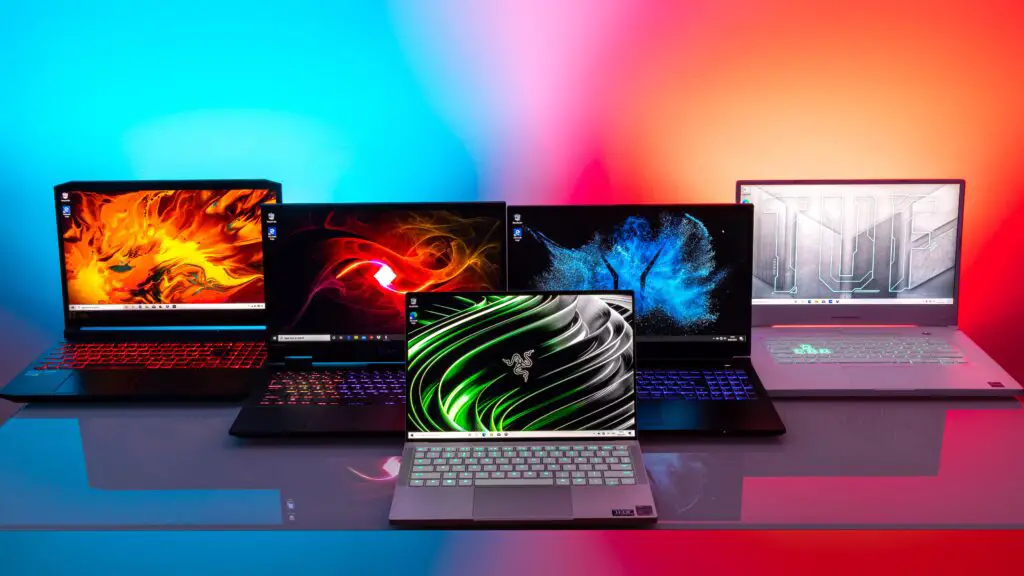For on-the-go users—whether commuting, traveling, or working remotely—battery life is a make-or-break factor for smartphones, laptops, and wearables. In 2025, battery breakthroughs are delivering all-day power, transforming how we use devices without constant recharging. From silicon-carbon anodes to sodium-ion batteries, these innovations promise longer-lasting, faster-charging, and safer power sources. The global battery market is projected to grow by 10% this year, driven by demand for portable tech. This article explores the latest battery advancements, their benefits for consumers, and how they’re redefining mobility in 2025.
The Battery Revolution: What’s New in 2025?
In 2025, battery technology is advancing rapidly, with innovations addressing the needs of mobile users. At CES 2025, companies like CATL and Group14 showcased breakthroughs in silicon-carbon and sodium-ion batteries, offering higher capacity and faster charging. A post on X by @TheGalox_ praised the Samsung Galaxy S25 series for achieving 2,000 charge cycles with 80% capacity retention, doubling the lifespan of typical lithium-ion batteries. Meanwhile, research into solid-state and lithium-sulfur batteries is accelerating, promising safer and more efficient power. For GadgetShaker readers, these advancements mean devices that last longer and charge faster, keeping you connected on the move.

Key Battery Breakthroughs for 2025
Here are the top battery innovations transforming mobile devices in 2025, selected for their impact on on-the-go users.
1. Silicon-Carbon Batteries: Higher Capacity, Compact Size
Silicon-carbon (Si/C) batteries, like Group14’s SCC55, are boosting capacity by 10–15% without increasing device size, per Android Authority. The OnePlus 13, with a 6,000mAh Si/C battery, achieves two-day battery life during testing, a significant leap from 2024’s 5,400mAh cells. These batteries use silicon-rich anodes, storing more lithium ions for extended runtime.
- Consumer Benefit: Your smartphone, like the Xiaomi 15 Ultra, can last 48 hours of mixed use—perfect for travel or long workdays.
- Devices: Samsung Galaxy S25 series, Oppo Find X8 Pro, iQOO 13.
2. Sodium-Ion Batteries: Affordable and Sustainable
CATL’s Naxtra, the world’s first mass-produced sodium-ion battery, debuted at Super Tech Day 2025 with a 175Wh/kg energy density, rivaling lithium-iron-phosphate (LFP) batteries. Sodium-ion batteries use abundant sodium, reducing reliance on costly lithium and cobalt, and excel in cold climates, per Sustainability Times. With over 10,000 cycles and a 500km range, Naxtra powers EVs and could soon appear in budget smartphones.
- Consumer Benefit: Affordable devices with long-lasting batteries, ideal for students or users in developing regions.
- Devices: Entry-level EVs, potential budget phones by 2026.
3. Solid-State Batteries: Safer and Faster-Charging
Solid-state batteries, using solid electrolytes, are nearing commercialization. Nissan and Hyundai plan trial production in 2025, with semi-solid-state batteries in NIO’s ET7 offering 700km ranges and 12-minute charging. A machine-learning breakthrough accelerates material discovery, improving energy density and safety, per Interesting Engineering. These batteries eliminate fire risks associated with liquid electrolytes, per ScienceDaily.
- Consumer Benefit: Safer laptops and wearables with fast charging, reducing downtime during travel.
- Devices: Samsung Galaxy Ring 2 (rumored), premium laptops by 2027.
4. Lithium-Sulfur Batteries: Lightweight Power
Lithium-sulfur batteries, developed by KERI, offer up to eight times the energy density of lithium-ion, ideal for lightweight devices like drones and wearables. Their carbon nanotube composites mitigate the “shuttle effect,” ensuring stability after repeated cycles. These could power future smartwatches or foldable phones.
- Consumer Benefit: Longer-lasting wearables, like a Galaxy Watch 8, for multi-day use without recharging.
- Devices: Experimental drones, potential wearables by 2026.
5. Fast-Charging Innovations
CATL’s Shenxing Superfast Charging Battery achieves a 12C charging rate, adding 250 miles of EV range in 5 minutes. In smartphones, the POCO F7’s 6,500mAh battery reaches 80% in 30 minutes with 90W HyperCharge, per @POCOGlobal. These advancements reduce charging stops for on-the-go users.
- Consumer Benefit: Charge your phone or laptop in minutes, ideal for busy schedules.
- Devices: Honor Magic7 Pro, OnePlus 13R.
Benefits for On-the-Go Users
These breakthroughs deliver practical advantages:
- All-Day Power: Si/C batteries in phones like the iQOO 13 offer 48-hour battery life, per GSMArena, perfect for travelers or remote workers.
- Fast Charging: 90W–120W charging in flagships like the Xiaomi 15 Ultra minimizes downtime, hitting 80% in under 30 minutes.
- Portability: Lightweight lithium-sulfur and sodium-ion batteries keep devices slim, as seen in our ultra-thin laptops article.
- Sustainability: Sodium-ion and recycling advancements reduce environmental impact, aligning with consumer demand for eco-friendly tech.
- Durability: Batteries with 1,000–2,000 cycles (e.g., Galaxy S25) retain 80% capacity after years, per @TheGalox_.
For you, this means gadgets that last through long flights, workdays, or outdoor adventures without needing a power outlet.
Challenges and Considerations
Despite progress, challenges remain:
- Cost: Solid-state and Si/C batteries increase device prices, with premium laptops like the HP OmniBook Ultra Flip costing $1,449+, per ZDNET.
- Scalability: Sodium-ion and solid-state batteries are in early production, limiting availability, per AInvest. Budget devices may lag until 2027.
- Thermal Management: Fast-charging tech generates heat, requiring robust cooling in slim devices like the OnePlus 13.
- Privacy: AI-driven battery optimization collects usage data, so review settings, as noted in our GDPR Policy.
GadgetShaker recommends checking battery specs and cooling capabilities before buying to ensure performance matches your needs.
The Future Beyond 2025
By 2030, battery tech will evolve further:
- Mass Solid-State Adoption: Full commercialization by 2027–2030, offering 1,000-mile EV ranges and 5-minute charges, per @VTGCapital.
- Eco-Friendly Chemistries: Sodium-ion and lithium-CO2 batteries will reduce reliance on rare materials, per ScienceDaily.
- 6G Integration: Enhanced connectivity, as discussed in our 5G article, will optimize power management in cloud-based apps.
- Innovative Designs: Paper-based or bio-inspired batteries, like Flint’s $2M-funded prototype, could power wearables, per RDWorldOnline.
For on-the-go users, expect devices that last days, charge in minutes, and integrate seamlessly with your tech ecosystem.
GadgetShaker’s Commitment
At GadgetShaker, we test devices with cutting-edge batteries to deliver insights you can trust. Curious about the OnePlus 13 or Galaxy S25’s battery life? Share your thoughts on our Contact Us page or comment below! Stay tuned for articles like “Best Smartphones with All-Day Batteries” or “How to Maximize Your Device’s Battery Life.”

